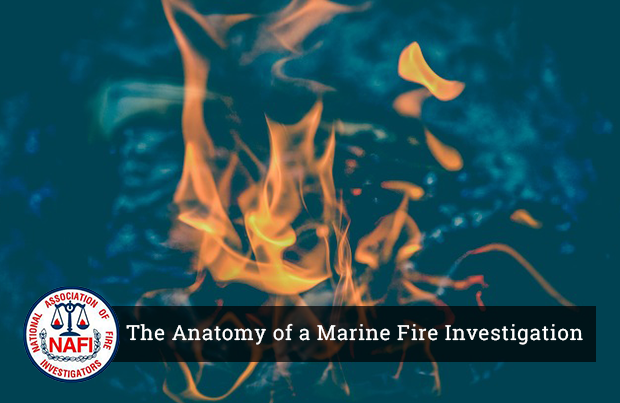Christopher J. Reed, CFEI, MIFireE, MSc.Eng (Fire), P.Eng,
Sereca Fire Consulting Ltd., British Columbia, Canada
Presented at International Symposium on Fire Investigation, 2014
ABSTRACT
Fires occurring in marine environments present the fire investigator with unique challenges. The nature of the marine environment presents an immediate safety hazard and introduces complications in suppression, scene documentation, and evidence contamination. As the scene can sink or become submerged, fire patterns are obscured and evidence can be lost, contaminated, or otherwise dispersed. Because the fire may occur in remote areas, within boathouses or in close proximity to other boats, additional fuel, the environment, and suppression tactics can further limit the investigator’s ability to identify causation factors.
Overall, the general site conditions, construction materials, and the specific electrical and mechanical systems leaves the investigator wading through collapsed structures and sunken vessels, endless piles of burned fiberglass, congealed plastics and melted aluminum, and a disarray of electrical, fuel, and mechanical systems all potentially compromised further by salt water and oxidation not related to the fire. The interpretation of fire patterns is further complicated by specific ventilation effects, fuel loads in different areas of the vessel, and the unusual progression of the fire as it is obstructed or contained by bulkheads in the cabins and hull. The combination of lightweight materials and the influence of venting from open hatches, port lights, or passageways can create fire patterns that could mislead the investigator from the true origin and cause.
This paper examines the process of conducting a marine fire investigation from securing sunken vessels to evaluating common ignition scenarios in vessels and land based associated facilities. Investigation methodologies outlined in NFPA 921 (2014) are reviewed and common failure modes of the various systems are categorized with characteristic fire damage to assist in cause determination.
